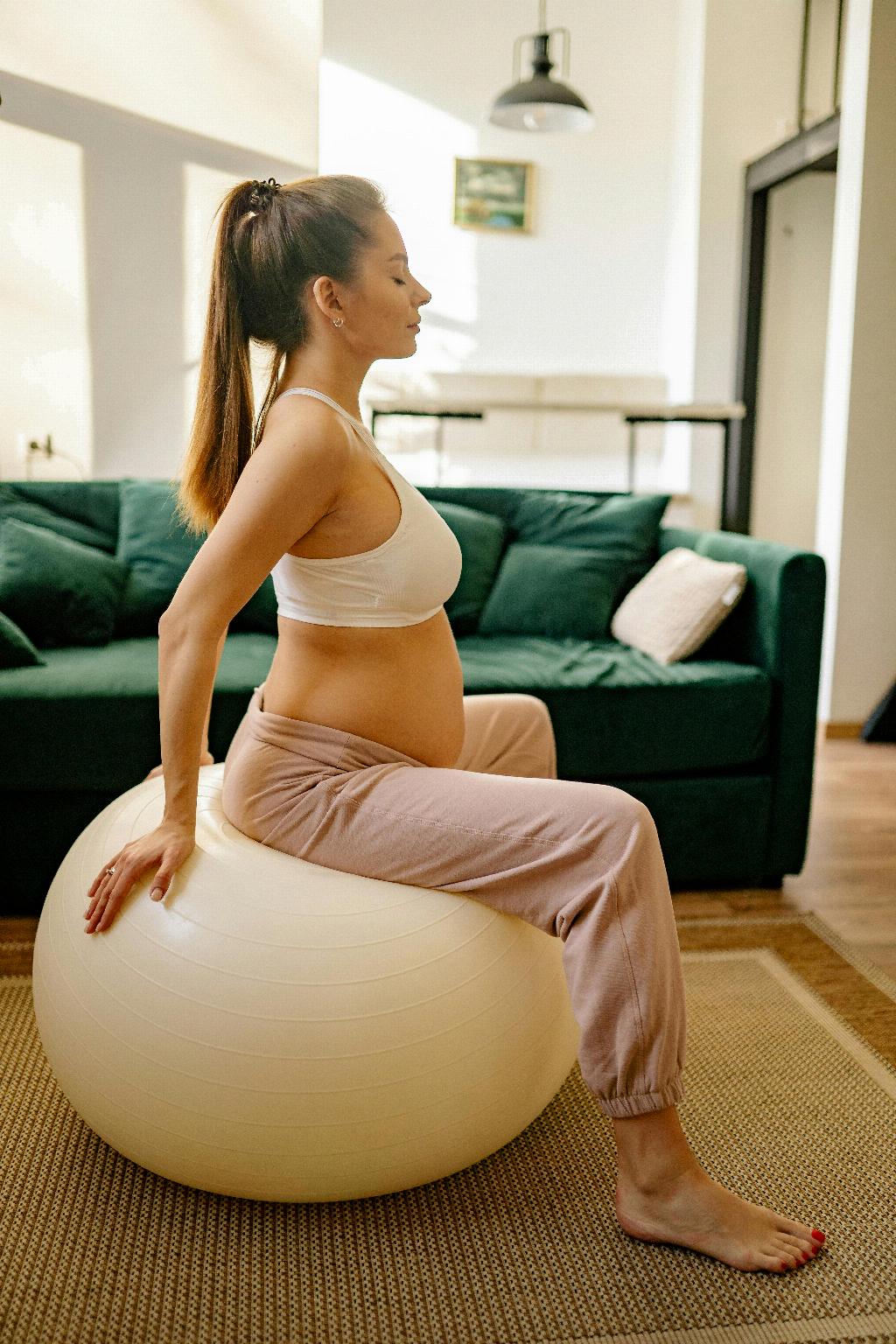During pregnancy, many women experience various physical discomforts, one of which is hip joint pain. This type of pain is quite common and can be attributed to the changes that the body undergoes to accommodate the growing baby.
Reasons Behind Hip Joint Pain During Pregnancy
As the pregnancy progresses, hormonal changes soften the ligaments and joints in the pelvic area, causing increased flexibility but also potentially leading to instability and discomfort in the hip joints. Additionally, the weight gain and shifting of the body’s center of gravity can put extra pressure on the hips, contributing to the pain.
Common Triggers for Hip Joint Pain
Movements like walking, climbing stairs, or standing for prolonged periods can exacerbate hip joint pain during pregnancy. As the uterus expands, it can also press on nerves that radiate pain down the legs and into the hips, adding to the discomfort.
Alleviating Hip Joint Pain
Although hip joint pain is a common occurrence during pregnancy, there are steps that can be taken to alleviate the discomfort. Engaging in gentle exercises such as prenatal yoga or swimming can help strengthen the muscles supporting the hips and improve flexibility, which may reduce pain.
Posture Adjustments
Proper posture plays a crucial role in managing hip joint pain. Maintaining a straight back, avoiding crossing your legs while sitting, and using supportive pillows for sleeping can help reduce the strain on your hip joints and alleviate some of the discomfort.
Utilizing Supportive Devices
Using supportive devices like maternity belts or belly bands can help distribute the weight of the baby more evenly, taking some pressure off the hips. These devices can provide additional support and comfort, especially during activities that worsen hip pain.
Consulting Healthcare Professionals
If the hip joint pain becomes severe or persists despite trying various methods to alleviate it, it is essential to consult with healthcare professionals. They can provide tailored advice and possibly recommend physical therapy or other interventions to address the discomfort effectively.
Listening to Your Body
Each pregnancy is unique, and what works for one woman may not work for another. It is crucial to listen to your body and pay attention to how it responds to different activities and interventions aimed at managing hip joint pain. Adjustments may need to be made based on your individual circumstances.
Self-Care and Rest
Self-care practices such as taking warm baths, applying heat or ice packs to the affected area, and practicing relaxation techniques can also help ease hip joint pain during pregnancy. Additionally, getting an adequate amount of rest is vital for overall well-being and pain management.
Support from Partners and Loved Ones
Having a strong support system in place can make a significant difference in coping with hip joint pain during pregnancy. Partners and loved ones can provide emotional support, assist with daily tasks, and offer practical help, allowing the pregnant individual to focus on self-care and pain management.
Remaining Positive and Patient
Dealing with hip joint pain during pregnancy can be challenging, but maintaining a positive outlook and practicing patience can help in navigating this phase. Remember that this discomfort is temporary and often a natural part of the pregnancy journey.
Conclusion
In conclusion, experiencing hip joint pain during pregnancy is a common occurrence due to the changes that the body undergoes to support the growing baby. By incorporating gentle exercises, adjusting posture, utilizing supportive devices, and seeking guidance from healthcare professionals, it is possible to manage and alleviate hip joint pain effectively. Remember to listen to your body, practice self-care, seek support from loved ones, and stay positive throughout this journey.

